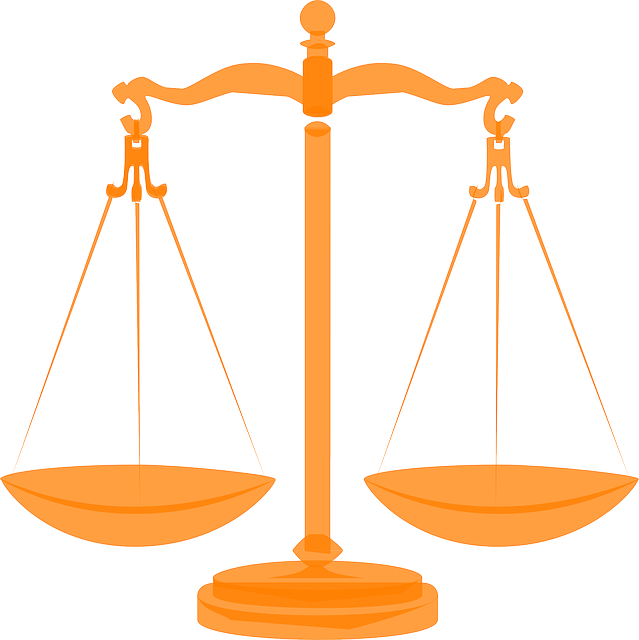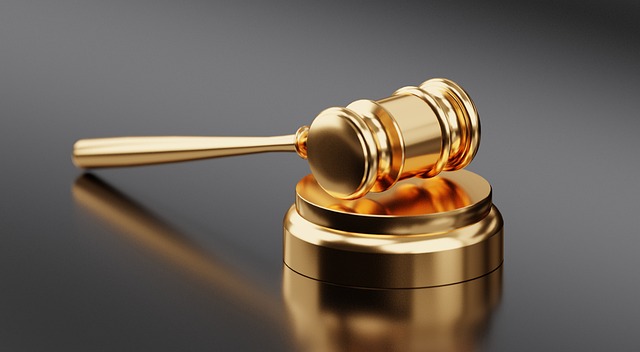A Woodlands criminal lawyer is vital in navigating complex evidentiary rules, especially regarding inadmissible hearsay and its impact on trials. They differentiate between unacceptable evidence like unauthenticated statements and acceptable forms such as firsthand accounts, physical evidence, and official records. By scrutinizing the acquisition process of evidence and assessing its relevance, materiality, and potential prejudice, these lawyers employ strategic tactics to suppress irrelevant or misleading testimony. Through robust legal arguments, they ensure their clients in Woodlands receive a fair trial, upholding justice and guarding against improper evidence.
In the pursuit of justice, understanding what constitutes proper evidence is paramount. However, cases often present challenges with inadmissible testimony, which can skew trials and lead to unfair outcomes. This article delves into the intricacies of identifying and suppressing such evidence, highlighting the crucial role a Woodland Criminal Lawyer plays in navigating these complexities. By exploring effective strategies, we equip readers with insights into ensuring fair legal proceedings.
- Understanding Inadmissible Testimony: What Constitutes Proper Evidence
- Strategies for Suppressing Inappropriate Testimony: The Role of a Woodland Criminal Lawyer
Understanding Inadmissible Testimony: What Constitutes Proper Evidence

Inadmissible testimony, a key concept in legal proceedings, refers to statements or evidence that lack proper authentication or fail to meet the required standards for admissibility. This can include hearsay, where information is passed on by someone other than the original source, lacking firsthand knowledge. For instance, if a witness testifies about what another person told them, without the original declarant being available to testify, it’s typically considered hearsay and may be excluded by a judge.
The woodlands criminal lawyer plays a crucial role in navigating these complexities, ensuring that only reliable and relevant evidence reaches the jury. Proper evidence, on the other hand, includes firsthand accounts, physical evidence, expert opinions based on established methodologies, and official records with proper authentication. Understanding these distinctions is vital for both legal professionals and clients to comprehend the potential impact of inadmissible testimony during trials.
Strategies for Suppressing Inappropriate Testimony: The Role of a Woodland Criminal Lawyer

When facing challenges related to improper evidence and inadmissible testimony, a Woodland Criminal Lawyer plays a pivotal role in safeguarding their client’s rights. These legal professionals employ various strategies to suppress such evidence, ensuring a fair trial. One key approach is to thoroughly examine the circumstances under which the testimony or evidence was obtained. If there are any violations of the defendant’s rights, such as unlawful search and seizure or coercion during interrogation, the lawyer can successfully argue for its suppression.
A Woodland Criminal Lawyer also critiques the admissibility of evidence based on its relevance, materiality, and potential prejudice to the jury. They may challenge the credibility of witnesses, point out inconsistencies in their statements, or question the reliability of physical evidence. By presenting a robust legal argument and providing compelling counter-evidence, these lawyers aim to exclude irrelevant or misleading testimony, thus protecting their client from an unfair trial.
In navigating complex legal landscapes, especially in woodland-based criminal cases, understanding what constitutes proper evidence and recognizing inadmissible testimony is paramount. A knowledgeable woodlands criminal lawyer plays a crucial role in employing strategic tactics to suppress inappropriate testimony, ensuring fairness and the integrity of the judicial process. By adhering to strict evidentiary rules, these legal experts help protect the rights of all involved, fostering a more just and reliable system.



